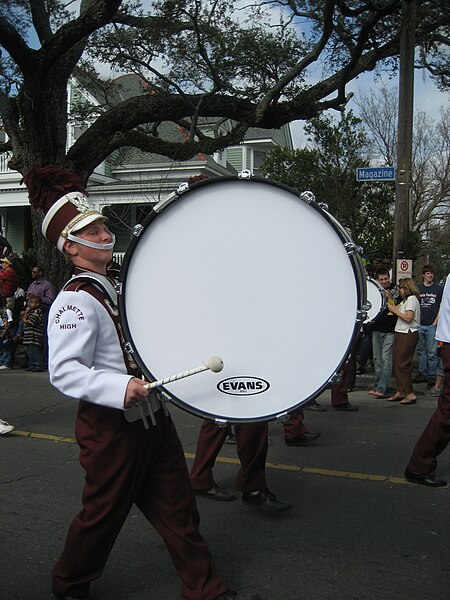Acoustical engineering is the branch of engineering dealing with sound and vibration. It includes the application of acoustics, the science of sound and vibration, in technology. Acoustical engineers are typically concerned with the design, analysis and control of sound.
The transparent baffles inside this auditorium were installed to optimise sound projection and reproduction, key factors in acoustical engineering.
Disney's Concert Hall was meticulously designed for superior acoustical qualities.
Ceiling of Culture Palace (Tel Aviv) concert hall is covered with perforated metal panels
At outdoor concerts like Woodstock, acoustic analysis is critical to creating the best experience for the audience and the performers.
In physics, sound is a vibration that propagates as an acoustic wave through a transmission medium such as a gas, liquid or solid.
In human physiology and psychology, sound is the reception of such waves and their perception by the brain. Only acoustic waves that have frequencies lying between about 20 Hz and 20 kHz, the audio frequency range, elicit an auditory percept in humans. In air at atmospheric pressure, these represent sound waves with wavelengths of 17 meters (56 ft) to 1.7 centimeters (0.67 in). Sound waves above 20 kHz are known as ultrasound and are not audible to humans. Sound waves below 20 Hz are known as infrasound. Different animal species have varying hearing ranges.
A drum produces sound via a vibrating membrane.
A 'pressure over time' graph of a 20 ms recording of a clarinet tone demonstrates the two fundamental elements of sound: Pressure and Time.
U.S. Navy F/A-18 approaching the speed of sound. The white halo is formed by condensed water droplets thought to result from a drop in air pressure around the aircraft (see Prandtl–Glauert singularity).







